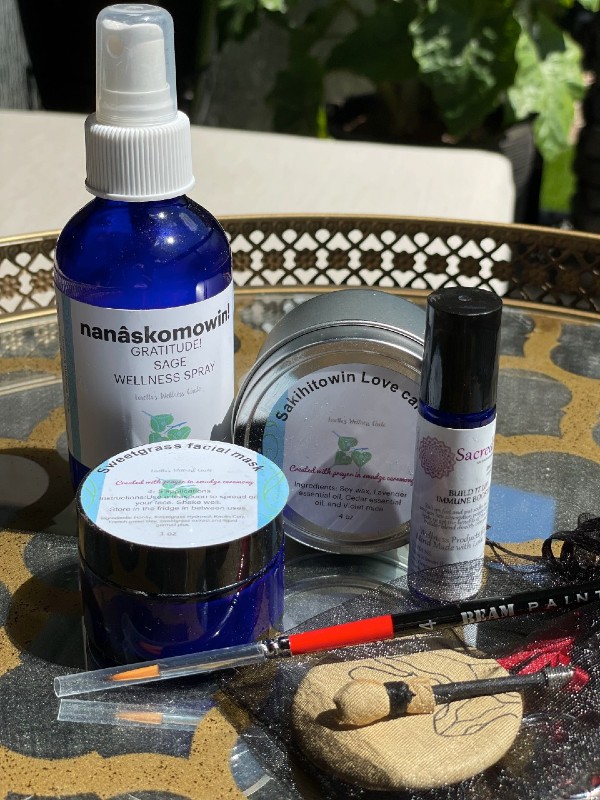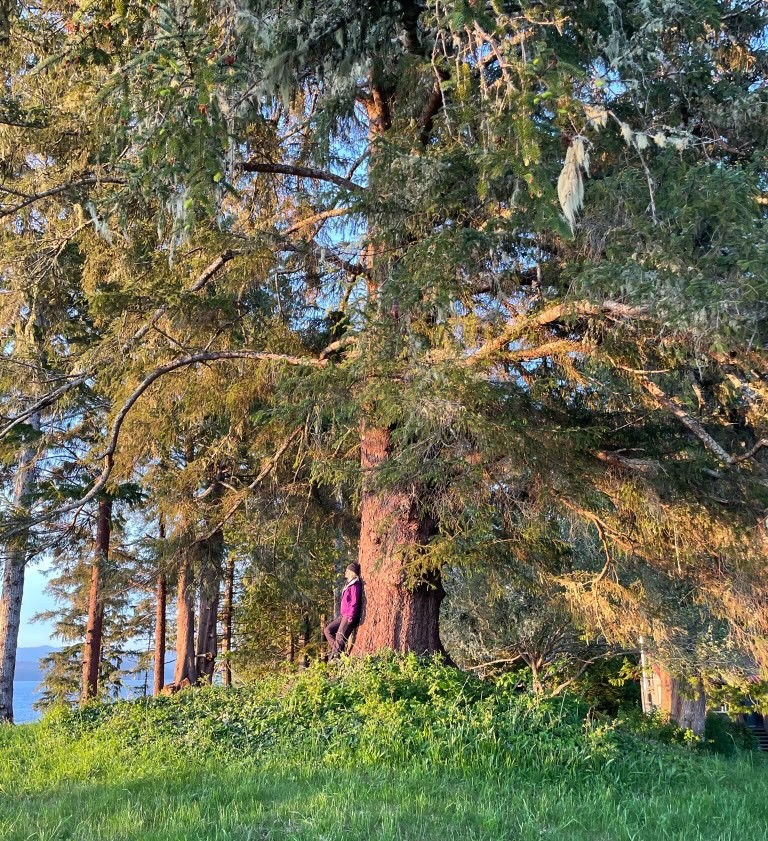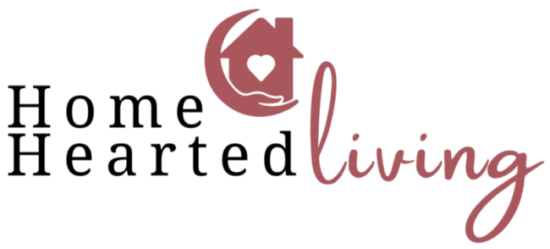NOTE: This blog deals with Indian residential schools and may be triggering for some readers.
When the drums start, my spirit travels to a different time and place.
I imagine myself in the open prairie, a vast blue sky above me, miles of waving grass before me and the wind blowing through my hair. The smell of sweetgrass floats in the breeze.
Then comes the singing and my body starts to move. I am free and feel a deep connection to all creation – especially our beloved Mother Earth.
Experiencing the drums during a pow-wow or any Indigenous ceremony is powerful and profound. The beat speaks to me of ancient ways, a communion with nature and a deep sadness that is not my own.
Typical Indigenous education growing up
Growing up, I learnt about Indigenous culture in school and wrote reports on feel-good topics like traditional hunting and fishing techniques and the importance of the buffalo. Field trips to the local museum were a highlight, but I didn’t know about the dark underbelly that existed beneath those life-sized dioramas of teepees and horse-drawn travois.
Like so many other Canadians, I grew up feeling uncomfortable when I saw an Indigenous person. I accepted the bigoted and judgemental comments of family and friends as truth, even though I knew it was wrong in my heart.
It wasn’t until the discovery of 215 unmarked graves at the Kamloops Indian Residential School in 2021 that I finally “woke up” to the extreme injustice and abuse endured by our Indigenous brothers and sisters. Looking back, I realize how ignorant and misinformed I truly was.
I decided to change.
Devouring as much information as I could from books, films, documentaries and presentations, I began to see the actual picture of what happened to Canada’s Indigenous peoples and understand the depth of the intergenerational trauma they all carry.
I knew it was time to become an Indigenous ally.
HomeHearted Living involves Community
I believe being a good neighbour, community member and citizen deepens the sense of love, acceptance, trust, responsibility and openness within your own home.
In fact, Community is so important it is a pillar of my HomeHearted practice. All of us are part of many communities – your neighbourhood, workplace, extra-curricular activities, hobbies, church, and culture are just a few examples. They all add richness and depth to our lives.
How about adding your local Indigenous community? Celebrating all communities is a beautiful path to HomeHearted Living.
Not sure where to start on your truth and reconciliation journey? Here are some ideas!
Truth and Reconciliation Commission of Canada
The commission was created in 2007 with the purpose of documenting the history and lasting impacts of the Canadian Indian residential school system on Indigenous students and their families. Like so many Canadians, I had no idea residential schools even existed – even though I live in a community that was home to two!
The Commission provided survivors an opportunity to share their experiences during public and private meetings held across the country between 2007-2015. It created 94 “Calls to Action” regarding reconciliation between Canadians and Indigenous Peoples to help shed light on the catastrophic legacy of residential schools in our country. We need to commit to “unlearning” history and embracing the truth.
Connect with Colouring it Forward
I am grateful to have met Diana Frost, the creator of Colouring it Forward. Her company started as a publisher of Indigenous colouring books and journals, but is now deeply involved in many educational and artistic projects – all with the purpose of reconciliation and sharing Indigenous culture.
Not sure how to participate in the reconciliation process? I just discovered the Reconciliation Day Planner created in partnership between Colouring it Forward and Elder John Sinclair. In its pages are questions and answers by an Elder, 52 suggested ReconciliActions and beautiful images you can colour.
Interested in learning from an Elder’s wisdom? Join John’s monthly Zoom learning circle. Contact Colouring it Forward to register!
Support Indigenous entrepreneurs
Colouring it Forward offers a specially-curated box of locally-made Indigenous products at every seasonal equinox and solstice. I am a subscriber and love receiving my special delivery of healing and self-care products four times a year!
Some of my favourite goodies! Check out Loretta’s Wellness Circle for a beautiful selection of lotions, bath bombs and body treatments using traditional Indigenous medicines like cedar, sweet grass and sage. Tamara Shephard and Shelley Rose May are two incredible Indigenous artists who work in mixed media. I love their greeting cards filled with imagery of masculine and feminine spirits and messages of healing and empowerment.

Just recently, I had the pleasure of listening to Kendal Netmaker, a successful Indigenous entrepreneur and motivational speaker. Follow him on LinkedIn and social media and be inspired by his message of resiliency and hope.
Hit your local library
Click here for a list of Canadian Indigenous authors. My favourite? From the Ashes by Jessie Thistle. I was troubled, yet inspired, by his tale of growing up Metis in Canada. The Company – The Rise and Fall of the Hudson’s Bay Empire is a fascinating deep dive into the fur trade and Canada’s Indigenous peoples. While reading this book, I’m sure my husband grew tired of me saying “did you know that…..” followed by some interesting historical fact or anecdote! A must read for all Canadians.
Go back to school
In conjunction with coursera.ca, the University of Alberta offers Indigenous Canada, a free online course exploring the different histories and contemporary perspectives of Indigenous living in Canada. I have heard good things about this course and plan to take it this fall!
Add Indigenous sites to your holiday plans
Planning a road trip? Research Indigenous sites along your route and take time to visit. Consider it a reconciliation tour!
I recently planned a business retreat and picked the remote village of Bamfield on Vancouver Island in part because it is home to 5,000-year-old Kiixin – the only known remaining traditional First Nations village on the southern coast of British Columbia. The experience was magical and I left the retreat with a deeper love and appreciation of the Huu-ay-aht peoples and their culture.

Celebrate National Indigenous History month
Grab a lawn chair and sunscreen and hit some of your community’s local events throughout June celebrating National Indigenous History month. Experience traditional dancing, drumming, music and art. Many events feature exhibits highlighting residential schools and truth and reconciliation. Take time to talk to Elders and learn about your local Indigenous community.
Be an Indigenous Ally
I humbly acknowledge that I am not an expert on being an Indigenous ally, but can only share my personal experience of what I have gained through the reconciliation journey (which continues to this day). I want to expand my heart, expand my community, and provide a safe, welcoming space for all people to share their stories.
That’s the HomeHearted Way.

If you are a residential school survivor and need help, please call the 24-hour Indian Residential Schools Crisis Line at 1-800-721-0066.







Leave a Comment